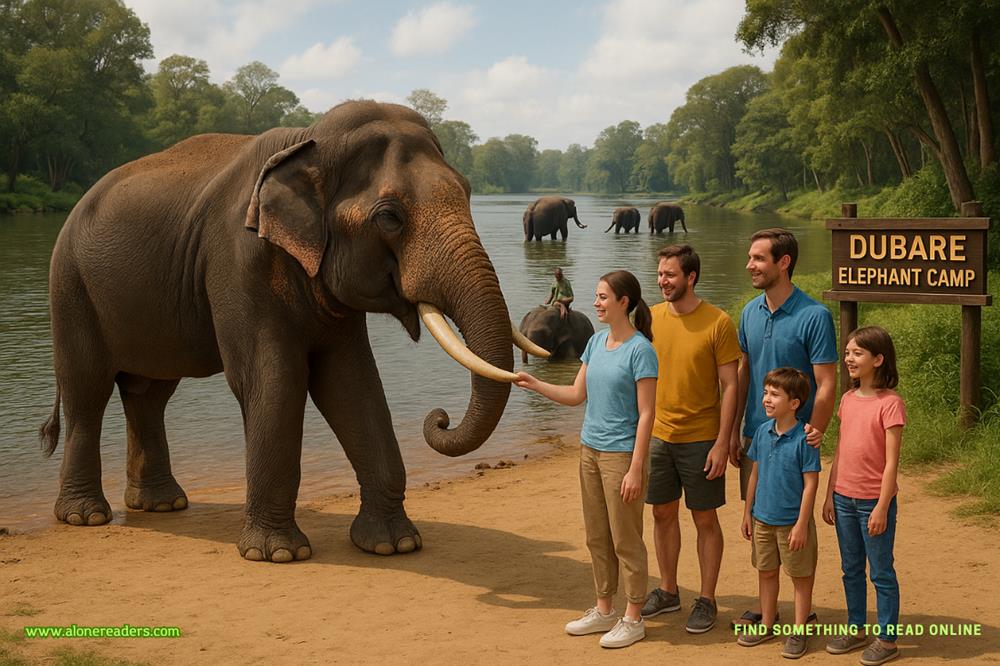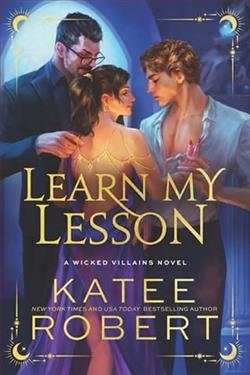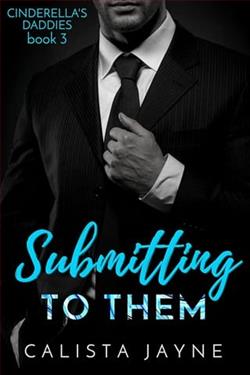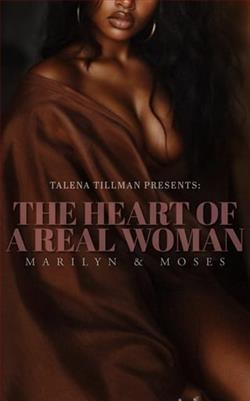Page 35 of Badlands
And it was incredible, thought Skip, even though he had gotten used to it over years of working there. The front part of the room was where the finest examples of prehistoric pottery were stored: thousands of Chaco black-on-white ollas; Mimbres bowls painted with stylized fish, birds, and insects; Sikyátki dragonfly vessels; gorgeous Tonto polychrome jars; Jeddito black-on-yellow ware—not to mention a shelf of extremely rare golden micaceous jars and funerary urns. As the collections manager, Skip had learned all the types and kinds of pots.
He glanced over at Nash, who seemed almost thunderstruck. “I had no idea,” he finally said. “This is amazing.”
“And it’s just the tip of the iceberg,” said Skip, feeling a flush of pride.
Nash strolled slowly down the main aisle in reverential silence, looking left and right, occasionally stopping to scrutinize a pot.
“May I photograph?”
“It’s allowed for private use,” Skip said.
After a while, they worked their way into the historic pottery section, equally stunning. At last, Nash turned toward his guide. “Can we see the artifacts—the lightning stones and such?”
“Right through here.” Skip led him through another door intoa smaller room, this one with numerous cabinets and drawers along the walls. In the center was an open storage system similar to the previous room’s, with the best items in glass-covered cases, selected for viewing.
Nash hurried over and stared at row upon row of beautifully flaked spearpoints, arrowheads, and stone knives; at stone fetishes in the shapes of bears, mountain lions, and deer; at ceremonial pipes, carved bones and teeth, crystals, and turquoise pendants. Silence reigned as he bent over the items, stepping from case to case, from time to time taking pictures. Skip could hear him breathing hard. The guy, he thought, was really into this stuff.
“The lightning stones are over here,” he said after a while, worrying at the length of time Nash was taking.
Nash walked over to a flat case where Skip was waiting. The case contained a score of paired lightning stones, all in white quartz. There were no green ones, none of prasiolite. But they were nevertheless beautiful and mysterious, softly rounded by tumbling and time, some clear as water, others milky.
“Holy fuck,” said Nash. “I’d love to have some of these in my collection.”
“Yeah, but you’ve got the two best,” said Skip.
“Too bad we can’t take them out and knock them together—test them out.” He hesitated. “There isn’t a way to, ah, open the cases?”
Skip quickly shook his head. “They’re locked and alarmed.”
“Too bad.” Nash ogled them for a while and then straightened up, his brow furrowing in thought. “I can’t stop thinking about how the dead woman they found in the desert was carrying lightning stones. The more I try to picture that, the moreit flummoxes me. Do they have any theories about what might have been going through her mind?”
“I don’t think so—not yet, at least.”
“Do you think she might have been out there at night, using them to light her way?”
“Interesting thought.” This idea hadn’t occurred to Skip, and he made a mental note to mention it to his sister.
“You really think the FBI is going to be able to solve this case? I mean, what do those dipshits know about archaeology?”
Skip shrugged.
A thoughtful silence lengthened. Then Nash spoke again. “I think—” he started, then paused a moment. “I think the time might come when we should do a little investigating on our own.”
20
CORRIE PUSHED AWAYthe overhead boom mic, walked over to the sink, stripped off her nitrile gloves, and dropped them in a bio-waste container, then soaped and washed her hands and forearms for thirty seconds. After drying them, she walked over to her workstation and sat down. Beyond the computer monitor, against the far wall of the forensic lab, stood a row of refrigerated lockers where bodies were kept.
She had maintained self-discipline during her exam, confining herself to observations and evidence. Now, sitting at the desk, it was time to give herself some slack and—hopefully—try to process and analyze what she had just seen.
She and Watts had carefully packed up the body and evidence, which they had tied into a litter lowered by a hovering FBI chopper. The evidence had included the lightning stones, as well as the victim’s discarded clothing and other bits and pieces that might be relevant—including the carcasses of the two coyotes, in case there were human remains in their stomachs. Everything had been flown back to the Albuquerque FO and transported to the forensics lab.
Those coyotes were also in the fridge, and Corrie would have to dissect them soon, a job she was not relishing.
Opening a new document on her screen, she paused, putting her thoughts in order before typing up a prelim forensic report. Many details would have to await the test results, but Corrie had a clear picture of the basic facts. The body was no more than two to three months old. The girl had almost certainly died, like Molly Vine, of heatstroke and dehydration. Like Molly, she had shed her clothes—cheap and newly bought. She appeared to be in her late thirties, African American, in good health, well-groomed and fit, with no obvious signs of pathology. While she had walked into a different area of badlands than Molly—and this time on Navajo Nation land—she’d nevertheless ended up near a strikingly similar geological formation. The elements in common were remarkable, especially the lightning stones and the badland terrain chosen to die in. Her nude body had been lying on its side, in a quasi–fetal position, but given the angle of her legs, Corrie believed she might have originally arranged herself in a lotus position, maybe holding one lightning stone in each hand, before she toppled over from heatstroke. Coyotes had pulled her apart and chewed off half her face. Unlike Molly, her teeth did show dental work. Corrie had recovered excellent fingerprints from one hand, but there were no hits in the databases.
The two-to-three-month window meant that there might still be recoverable footage of her somewhere, as well as eyewitness memories, gas station receipts, and other avenues of investigation not available in Molly’s case. She already had asked Bellamy and O’Hara to check out security footage at big box stores within a fifty-mile radius, showing a woman purchasing clothes.
Now that there were two points of comparison, Corrie hoped to retrace their walking routes back to their starting points. At Corrie’s request, Homer Watts was already working on this problem with topo maps.















